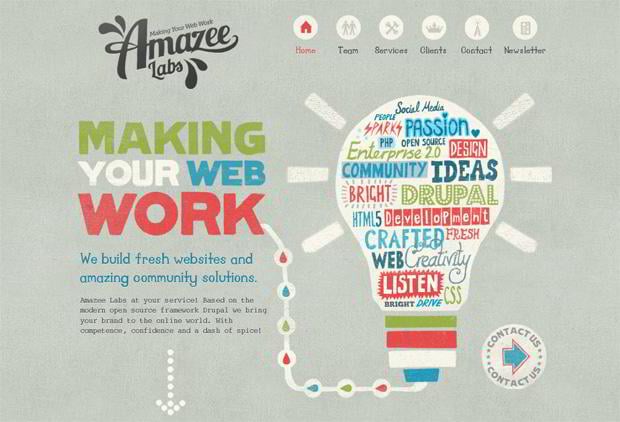Site Layout Basics: Tips For Structure A User-Friendly Site
Site Layout Basics: Tips For Structure A User-Friendly Site
Blog Article
Material Composed By-Christophersen Daugaard
When it comes to site layout, ensuring user-friendliness is essential. From responsive design to streamlined navigation, every aspect plays an essential role in producing a site that satisfies your audience's demands. Yet what regarding the finer details that can make or break a customer's surfing experience? Keep tuned as we discover some often-overlooked pointers that can boost your website's functionality to the next level, making it genuinely stand out in the electronic landscape.
Value of Responsive Style
Responsive design is an essential facet of modern site development. Ensuring https://visualcontentmarketing51627.elbloglibre.com/31096833/elevate-your-brand-the-impact-of-expert-site-development-on-company-growth is receptive means that it can adapt to different display dimensions and tools, providing a smooth experience for users.
With the enhancing use smart devices and tablets to access the web, having a receptive layout is vital for getting to a bigger audience. It helps in boosting individual experience by making your internet site simple to browse and continue reading any device.
Furthermore, responsive design can positively impact your internet search engine rankings, as internet search engine like Google focus on mobile-friendly web sites. By having a receptive design, you're also future-proofing your internet site, as brand-new tools with differing screen dimensions remain to emerge.
Simplify Navigating Framework
To boost customer experience and promote very easy access to details on your internet site, enhancing the navigation framework is critical. When developing related resource site , focus on creating a clear and instinctive navigation food selection that aids visitors find what they're seeking swiftly.
Limit https://southfloridareporter.com/8-tools-for-digital-marketing-success/ of food selection products to the fundamentals, grouping relevant web pages together to stay clear of frustrating customers. Use descriptive tags that plainly indicate the content of each page, making it less complicated for customers to comprehend where each link will take them.
Take into consideration implementing dropdown food selections for subcategories to prevent littering the primary navigation bar. In addition, include a search bar prominently on the web page for customers that like looking for specific info.
Focus on mobile responsiveness in your navigating design to make certain very easy access on all gadgets.
Maximize Web Page Tons Rate
Improving page lots rate is critical for keeping visitors on your web site. Slow-loading section 504 website compliance and can cause high bounce prices. To enhance page load rate, begin by optimizing photos. Compress images without compromising top quality to lower their file sizes.
In addition, make it possible for browser caching to save often accessed resources in your area, accelerating tons times for returning visitors. Minify CSS, JavaScript, and HTML files by removing unnecessary personalities, comments, and formatting, improving lots speed.
Consider making use of a web content delivery network (CDN) to disperse your website's material across numerous web servers worldwide, lowering latency for customers accessing your site from different places. Finally, limit the use of third-party manuscripts and plugins, as they can considerably affect lots times.
Conclusion
Finally, by integrating receptive layout, streamlining navigating, and maximizing web page load rate, you can develop a straightforward internet site that interest a larger audience and enhances user experience. These essential elements make sure that site visitors can easily gain access to and navigate your site throughout various devices, bring about raised engagement and contentment. By focusing on these vital aspects, you can develop a successful website that maintains users returning for more.
